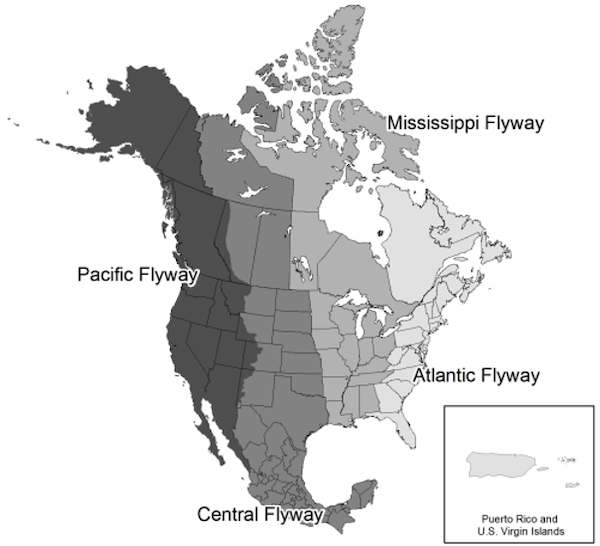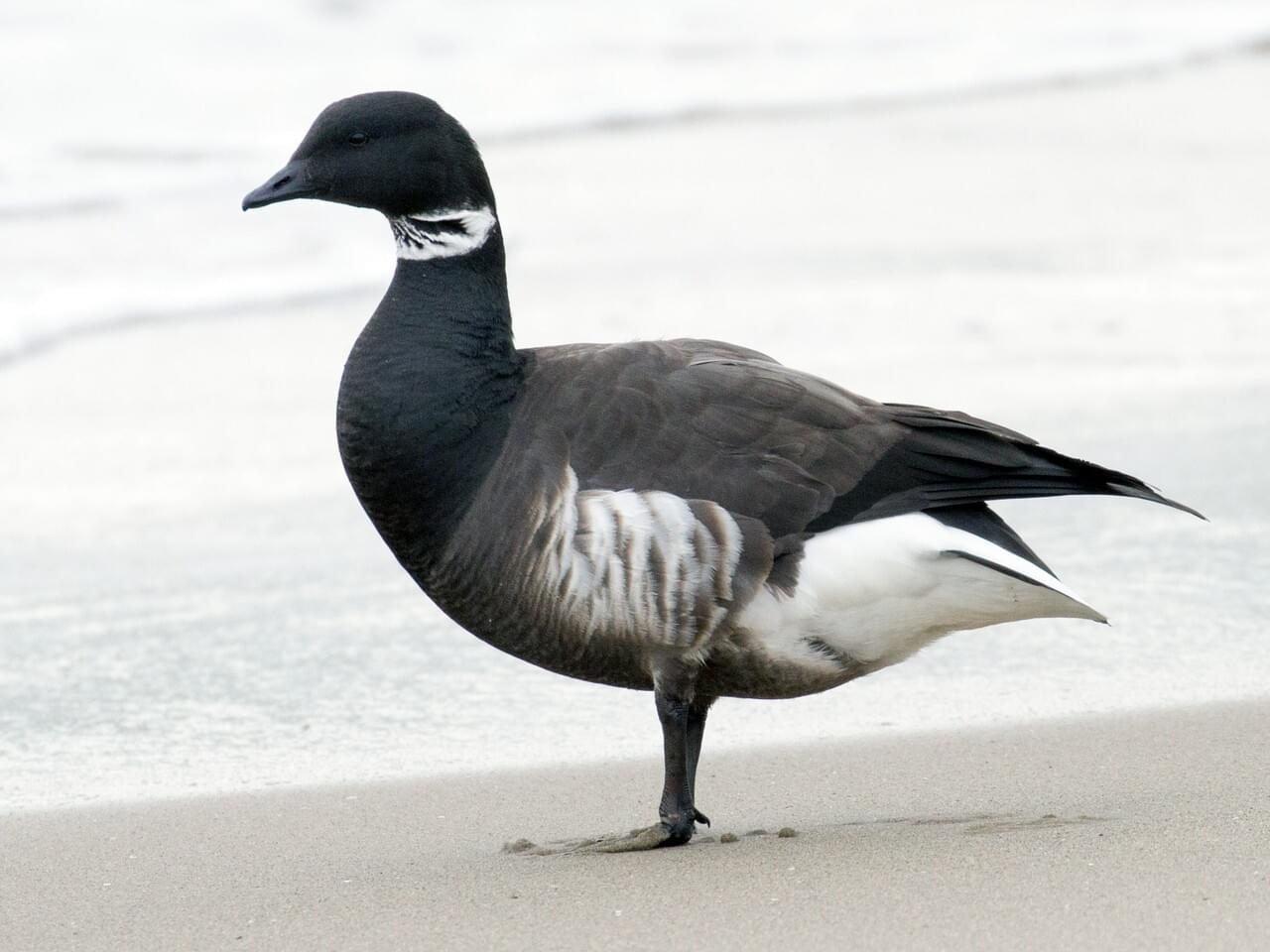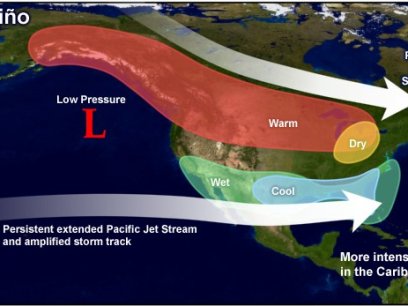
It may seem easy to take the humble mallard duck for granted. With a population of more than 10 million nationwide, chances are you’ve seen more than a few mallards at a local park or in the skies during their fall migration, which usually begins in August.
However, did you know that mallards and other waterfowl are actually a conservation success story dating back to the early 1900s? What lessons can we learn from the mallard’s past to protect migratory birds facing new challenges today navigating North America’s flyways?
Frequent Fliers
A “migratory bird” is a native bird species that travels from one place to another at regular times and often over long distances. In the United States, the US Fish & Wildlife Service is the federal agency responsible for maintaining healthy populations of migratory birds.
Each spring and fall, a mindblowing number of birds travel North America’s four flyways, which provide critical stopover habitats for birds along their long journeys from breeding areas to their wintering grounds. New research underscores the importance of these flyways.

For example, an estimated one billion birds travel through the Pacific Flyway each year, representing major proportions of some species’ global populations. A whopping 80% of Lawrence’s Goldfinches and 40% of Anna's Hummingbirds migrate through California’s Central Valley. This area is a migratory “bottleneck” that provides refuge to a highly concentrated number of birds.
Birds share the Central Valley with farmers. It is one of the country’s top agricultural regions. Many of those same farm fields are also prime waterfowl habitat. Wintering waterfowl in the Central Valley especially rely on flooded rice fields and harvested cornfields. All in all, California hosts 39 different types of waterfowl—including the mallard duck—and provides winter habitat for about 60% of all waterfowl that travel the Pacific Flyway.
Climate Change Impacts
However, California’s changing weather raises questions about the future of the Pacific Flyway. Competition over water is growing in the Golden State, especially in the Central Valley, where the human population is set to increase to 6 million by 2020. The water supply is expected to decrease as temperatures rise, rainfall decreases, and droughts become more frequent due to climate change.
What does this mean for migratory birds? Migration patterns are synchronized with weather conditions, peak food availability, and nesting site proximity. Climate change impacts food sources and shifts habitat ranges, throwing that synchronization out of whack. Today, more than 50% of North American bird species are considered to be “seriously threatened” by the changing climate.
For example, researchers from Oregon State University examined more than 100 years’ worth of temperature data across the Great Basin, another major bird habitat within the Pacific Flyway. They found that the region has recorded significantly higher temperatures and lower precipitation over the last 20 years. During that same time period, the populations of 11 of the 14 bird species studied decreased.

Another study from the US Geological Survey found that growing numbers of Pacific brant (pictured above) have altered their migration routes to winter in Alaska rather than Mexico. As Alaska warms, more eelgrass (the brants’ favorite food) is available, deterring them from making the journey south.
Questions remain about how climate change will impact migratory birds in the future. The US Fish and Wildlife Service’s adaptive response to climate change prioritizes strategic conservation of wildlife habitats within sustainable landscapes.
Collaborating to Protect Waterfowl, Then and Now
In the Pacific Flyway, environmental groups like the Audubon Society are partnering with Central Valley farmers to restore habitats for migrating birds on working lands. Planting perennial grasses and flowering plants that attract beneficial insects is a win-win for both birds and farmers. As migratory routes continue to change, new partnerships like this will likely be needed in other regions of the Pacific Flyway.
The good news is that the US has a long history of public-private partnerships to protect birds. Even before the modern conservation movement began, many Americans grew concerned that migratory birds would be pushed to the brink of extinction. After waterfowl populations fell to an all-time low in the early 20th century, advocates worked together to keep ducks and other waterfowl a common sight in America’s skies by protecting critical habitats.
To this day, birders, hunters, and conservationists can get involved by purchasing The Migratory Bird Hunting and Conservation Stamp (often called the “Duck Stamp”). Ninety-eight cents of every Duck Stamp dollar goes directly into a fund specifically for expansion of the federal National Wildlife Refuge system.
The stamp dates back to 1934, making it one of the oldest conservation efforts. It has helped protect more than 2.37 million acres of National Wildlife Refuge lands and 3 million acres of Waterfowl Production Areas. And the very first stamp featured—you guessed it!—the mallard duck (pictured below).

How to Teach Kids About Bird Migration and Conservation
It will take a renewed commitment from the next generation to protect birds as their migratory routes and habitats shift due to climate change. Luckily, birds have quite a big fan club. More than 46 million Americans consider themselves to be bird watchers and 2.6 million hunt migratory birds.
If you count yourself among the bird enthusiast ranks, use these resources to learn more about the challenges facing migratory birds today and in the future—and how you can help.
- NEEF Animal Migration Activity Guide: This guide is filled with hands-on activities that help kids understand migration and develop STEM skills.
- Junior Duck Stamp Conservation and Design Program: The US Fish and Wildlife Service offers science-based art curriculum that helps students learn about North American waterfowl and their habitats and provides the opportunity to enter the Junior Duck Stamp art and conservation message contests.
- Cornell Lab eBird Lessons: This complete K-12 curriculum from Cornell University provides educators with fun, hands-on lessons that connect kids to nature through the world of birds.
- BirdCast: Access three-day migration forecasts and real-time migration maps using the US weather surveillance radar.
- Birding Apps for your phone: Install bird identification apps like the Audubon Bird Guide: North America, eBird, and Merlin Bird ID to have bird information with you on the go.


